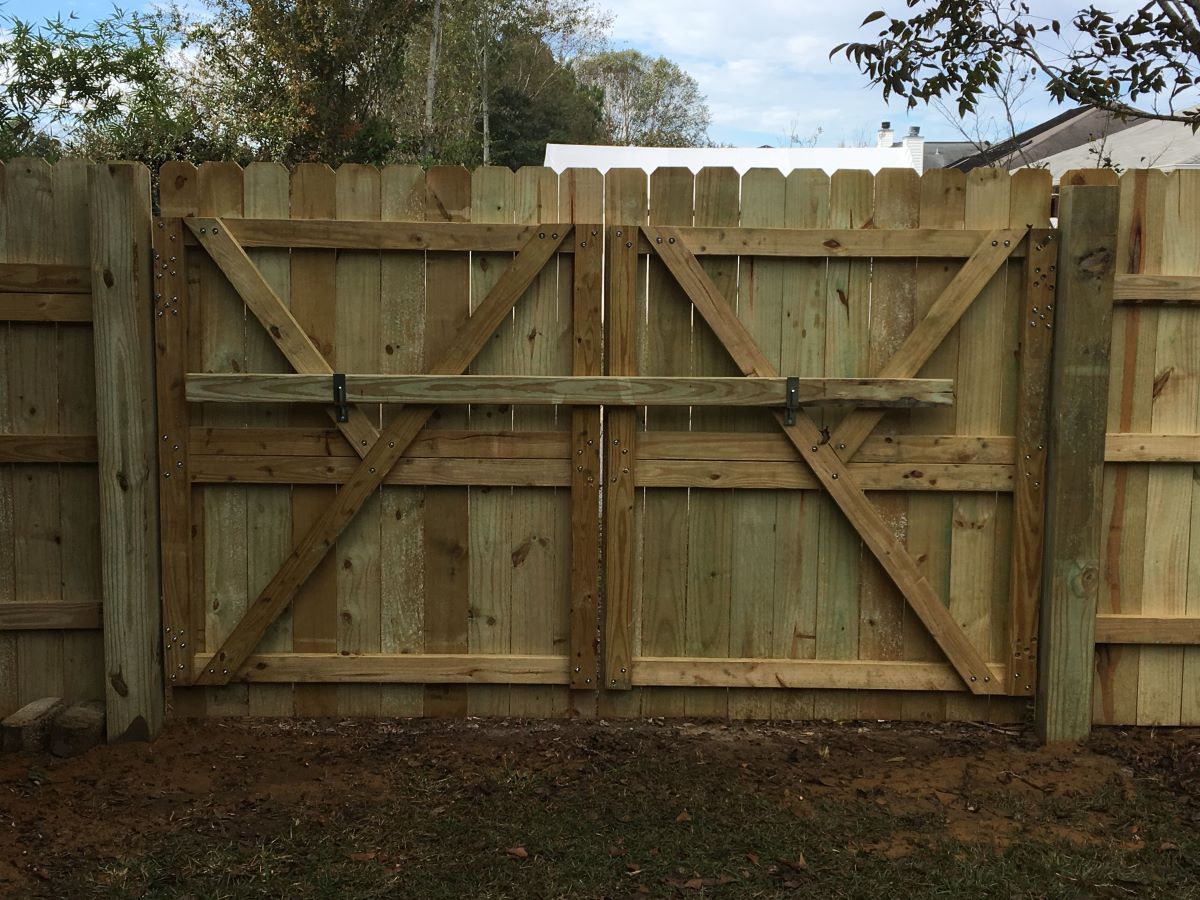

Articles
How Wide Is A Fence Gate
Modified: January 8, 2024
Discover the standard width of a fence gate in our informative articles. Whether you are installing a new gate or replacing an old one, learn the appropriate dimensions for a perfect fit.
(Many of the links in this article redirect to a specific reviewed product. Your purchase of these products through affiliate links helps to generate commission for Storables.com, at no extra cost. Learn more)
Introduction
A fence gate is an essential component of any fence system, providing access to your property while ensuring security and privacy. When it comes to choosing a fence gate, one of the crucial factors to consider is its width. The width of a fence gate can vary depending on several factors, including the type of fence, the purpose of the gate, and personal preferences.
In this article, we will explore the dimensions of fence gates, the standard widths you can expect, and the factors that can influence your decision. We will also provide some guidance on choosing the right width for your fence gate.
Whether you are planning to install a new fence or replace an existing gate, understanding the width options available to you is crucial to ensure that your fence entrance meets your practical and aesthetic needs.
So, let’s dive into the world of fence gate dimensions and discover how wide a fence gate should be.
Key Takeaways:
- The width of a fence gate is crucial for functionality and aesthetics, with standard widths ranging from 36 to 48 inches. Factors such as the type of fence, intended use, and accessibility requirements should be considered when determining the appropriate width.
- Balancing practicality and aesthetics is essential when choosing the width of a fence gate. Factors like security considerations, landscaping constraints, and personal preferences play a significant role in determining the ideal width. Consulting with professionals can provide valuable insights to ensure the right choice for specific needs.
Read more: How Much For A Fence Gate
Understanding Fence Gate Dimensions
Before we delve into the specific widths of fence gates, it’s important to have a basic understanding of fence gate dimensions. When we talk about the dimensions of a fence gate, we are primarily referring to its width. The width is the distance between the two vertical posts that hold the gate in place.
When it comes to fence gate widths, there is no one-size-fits-all approach. The width can vary based on various factors, including the type of fence, the purpose of the gate, and personal preferences. It’s essential to consider these factors to determine the most suitable width for your fence gate.
Fence gates are typically designed to accommodate pedestrian traffic, although some gates are wide enough to allow vehicle access. The width of a fence gate can impact the functionality and convenience of using the gate.
Let’s take a closer look at the different factors that can influence fence gate dimensions:
- Type of Fence: Different types of fences require different gate widths. For example, a chain-link fence may have a narrower gate compared to a wooden fence, which may require a wider gate to accommodate the additional weight of the material.
- Purpose of the Gate: Consider the primary purpose of the gate. If it’s mainly for pedestrian access, a narrower gate may suffice. However, if you need to allow vehicular access, you will need a wider gate to accommodate the size of the vehicles.
- Accessibility Requirements: Take into account any accessibility requirements. If you need to accommodate wheelchair users or individuals with mobility aids, you may need to consider a wider gate to ensure smooth and easy access.
- Security Considerations: The width of the gate can also impact the level of security. If security is a primary concern, a narrower gate may provide better control and prevent unauthorized access.
By considering these factors, you can determine the most appropriate width for your fence gate that meets both your functional and aesthetic needs.
Standard Fence Gate Width
While there is no universal standard for fence gate widths, there are some common dimensions that many manufacturers and builders adhere to. These standard widths are typically based on industry practices and convenience for pedestrian access.
For pedestrian gates, the standard width typically ranges from 36 inches to 48 inches. A 36-inch-wide gate is considered the minimum width to allow easy passage for an individual, including those with disabilities or mobility aids. This width is commonly used for garden gates, backyard fences, and other areas where only pedestrian access is required.
If you need to accommodate larger items like lawn mowers, bicycles, or wheelbarrows, a wider gate may be more appropriate. A 48-inch-wide gate is a popular choice for homeowners who require more space for moving larger objects through the fence.
It’s important to note that these standard widths are just guidelines, and you can customize the width to suit your specific needs. Some homeowners may prefer a narrower gate for aesthetic reasons or a wider gate to allow easy access for equipment or furniture.
It’s always a good idea to consult with a professional fence installer or manufacturer to determine the best width for your specific fence system and requirements. They can offer valuable insights and help you make an informed decision.
Remember, the goal is to find a balance between practicality and aesthetics, ensuring that your fence gate is wide enough for your needs while still maintaining the overall visual appeal of your fence.
Factors Affecting Fence Gate Width
Choosing the right width for your fence gate involves considering various factors that can influence the functionality and convenience of using the gate. Understanding these factors will help you make an informed decision and ensure that your fence gate meets your specific needs. Here are some key factors to consider:
- Type of Fence: The type of fence you have or plan to install can impact the width of the gate. Different materials, such as wood, metal, or vinyl, have different weight and structural considerations. For example, a heavy-duty industrial fence may require a wider gate to provide sufficient clearance and stability.
- Intended Use: Consider the primary purpose of the gate. Is it primarily for pedestrian access or do you also need to accommodate vehicular traffic? If you expect to move equipment, vehicles, or other large objects through the gate, a wider width may be necessary.
- Accessibility: Take into account any accessibility requirements. If you have individuals with disabilities or mobility challenges using the gate, you may need to ensure a wider clearance to accommodate wheelchairs, walkers, or other assistive devices.
- Landscaping Constraints: Evaluate the surrounding landscape and any potential obstacles that could impact the width of the gate. Consider things like trees, shrubs, rocks, or irregular terrain that may limit the available space for a wider gate.
- Security: The level of security you desire can also affect the gate width. A narrower gate may provide better control and prevent unauthorized access, while a wider gate may be necessary for emergency vehicles or larger authorized vehicles to pass through.
- Aesthetic Preferences: Lastly, consider your personal preferences and the overall design of your fence. While functionality is essential, you also want your gate to complement the style of your property. Choose a width that balances practicality with visual appeal.
By carefully considering these factors, you can determine the ideal width for your fence gate, ensuring that it serves its intended purpose while meeting your specific requirements and preferences.
When measuring for a fence gate, consider the width of the gate itself, plus additional space for hinges and latching hardware. It’s recommended to add at least 2-3 inches to the width of the gate for proper installation and functionality.
Common Sizes of Fence Gates
When it comes to fence gates, there are several common sizes that you may come across during your search. These sizes are popular among manufacturers and builders due to their versatility and functionality. Let’s explore some of the most common sizes of fence gates:
- 36-Inch Width: A 36-inch-wide gate is a popular choice for pedestrian access. It provides enough clearance for individuals to pass through comfortably, including those with disabilities or mobility aids. This size is commonly used for garden gates, backyard fences, and areas where only foot traffic is expected.
- 48-Inch Width: A 48-inch-wide gate is a wider option that allows for easy access of larger items such as lawn mowers, bicycles, and wheelbarrows. This size is often preferred by homeowners who need to move equipment or furniture through the gate effortlessly.
- 60-Inch Width: A 60-inch-wide gate is typically designed to accommodate small vehicles like ATVs or golf carts. It provides additional clearance for easy maneuvering. This size is suitable for properties with specific transportation needs or recreational vehicles.
- Double Gates: Double gates consist of two gate panels that open from the center. They are wider than single gates and are commonly used for wider entrances or driveways. The width of double gates can vary depending on the specific application, ranging from 8 feet to 16 feet or more.
It’s important to note that these sizes are just common examples, and fence gates can be custom-made to fit your specific requirements. Whether you need a narrower gate for a specific purpose or a wider gate for accommodating large vehicles, there is flexibility to accommodate your needs.
When choosing a fence gate size, it’s crucial to consider factors such as the type of fence, intended use, accessibility requirements, and aesthetic preferences. By taking these factors into account, you can select a gate size that meets your functional needs while enhancing the overall appearance of your property.
Read more: How To Install Fence Gate
Choosing the Right Width for Your Fence Gate
Choosing the right width for your fence gate is an important decision that will impact the functionality, convenience, and overall aesthetics of your fence. Here are some considerations to help you select the appropriate width:
1. Determine the Purpose: Start by identifying the primary purpose of your fence gate. Is it mainly for pedestrian access or do you also need to accommodate vehicles or equipment? Understanding the intended use will guide you in determining the necessary width.
2. Assess Accessibility Needs: Consider any special accessibility requirements. If you need to accommodate individuals with disabilities, ensure that the gate width provides enough space for wheelchairs, walkers, or other assistive devices to pass through easily. Check local accessibility regulations for specific width recommendations.
3. Evaluate the Type of Fence: Different types of fences have different weight and structural considerations. Some materials may require wider gates to provide stability and accommodate the weight of the fence panels. Consult with professionals or manufacturers familiar with the specific type of fence you have or plan to install.
4. Consider Security Requirements: Security is an important factor to consider. A narrower gate can offer better control and prevent unauthorized access. However, if security and emergency vehicle access are priorities, you may need a wider gate to accommodate their requirements.
5. Assess Landscaping Constraints: Take into account the surrounding landscape and any potential obstacles that could impact the width of the gate. Trees, shrubs, rocks, or irregular terrain may limit the available space for a wider gate. Ensure that there is enough clearance for the gate to swing open without obstruction.
6. Balance Functionality and Aesthetics: While functionality is crucial, don’t forget to consider the overall aesthetic appeal of your fence gate. Choose a width that complements the style of your property and blends well with the fence design. Consulting with professionals or seeking design inspirations can help you strike a balance between form and function.
7. Consult with Experts: When in doubt, it is always beneficial to consult with professionals, such as fence installers or manufacturers. They can provide valuable insights, guidance, and recommendations based on their expertise and experience. They can help you assess your specific needs and make an informed decision regarding the width of your fence gate.
Remember, there is no one-size-fits-all approach when it comes to choosing the width of a fence gate. It ultimately depends on your unique requirements, preferences, and the specific factors outlined above. By carefully considering these factors and seeking expert advice when needed, you can select the right width for your fence gate, ensuring convenience, security, and enhancing the overall appeal of your property.
Conclusion
Choosing the right width for your fence gate is a crucial decision that can significantly impact the functionality, accessibility, and overall aesthetics of your fence. By understanding the factors that influence fence gate dimensions and considering your specific needs, you can make an informed decision that meets both practical and aesthetic requirements.
Standard fence gate widths typically range from 36 inches to 48 inches, providing ample room for pedestrian access. However, these dimensions can be customized based on the type of fence, intended use, accessibility requirements, and personal preferences.
Factors like the type of fence, purpose of the gate, accessibility needs, security considerations, landscaping constraints, and aesthetic preferences should all be taken into account when determining the appropriate width for your fence gate.
Additionally, consulting with professionals, such as fence installers or manufacturers, can provide valuable insights and guidance to ensure that you make the right choice for your specific situation.
Remember, the goal is to strike a balance between practicality and aesthetics, choosing a width that accommodates your intended use while enhancing the overall appearance of your property.
By carefully considering these factors and seeking expert advice when needed, you can confidently select the right width for your fence gate, creating a secure, accessible, and visually appealing entrance to your property.
Take the time to evaluate your requirements, explore the available options, and make a decision that suits your unique needs. With the right width, your fence gate will not only serve its functional purpose but also add value and beauty to your overall fence system.
Frequently Asked Questions about How Wide Is A Fence Gate
Was this page helpful?
At Storables.com, we guarantee accurate and reliable information. Our content, validated by Expert Board Contributors, is crafted following stringent Editorial Policies. We're committed to providing you with well-researched, expert-backed insights for all your informational needs.
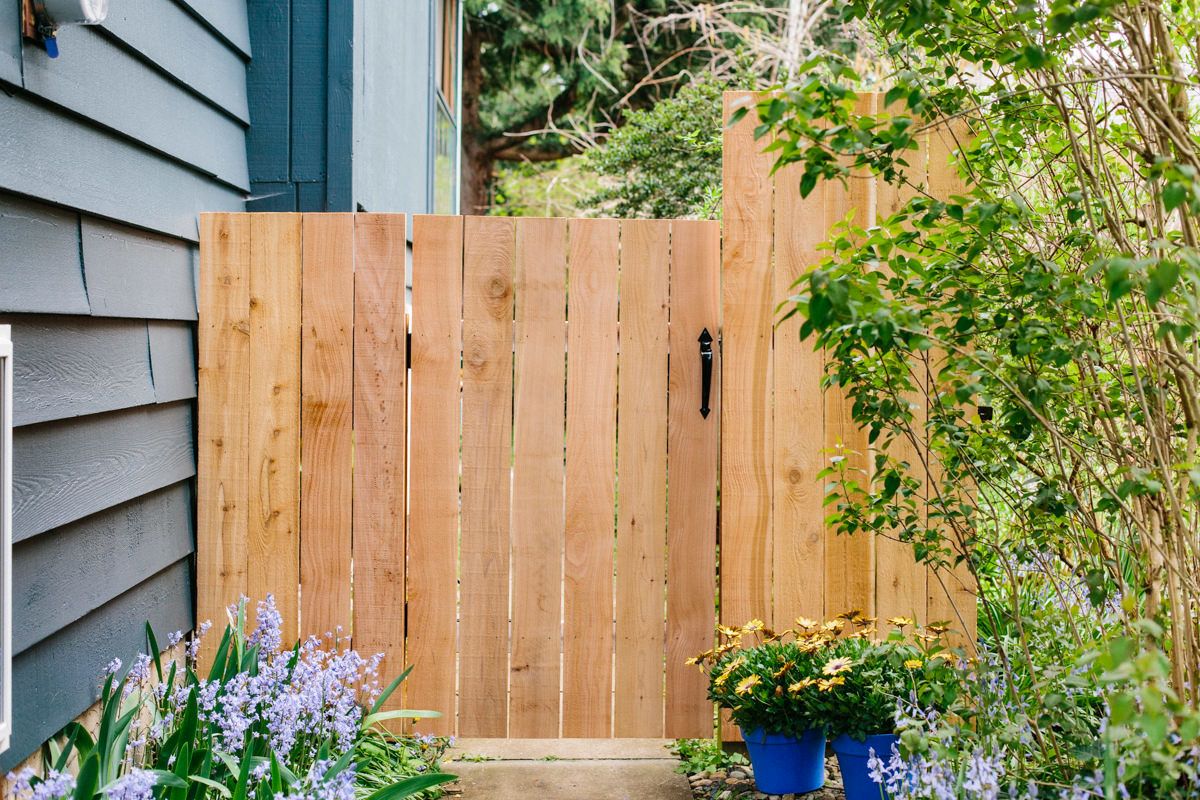
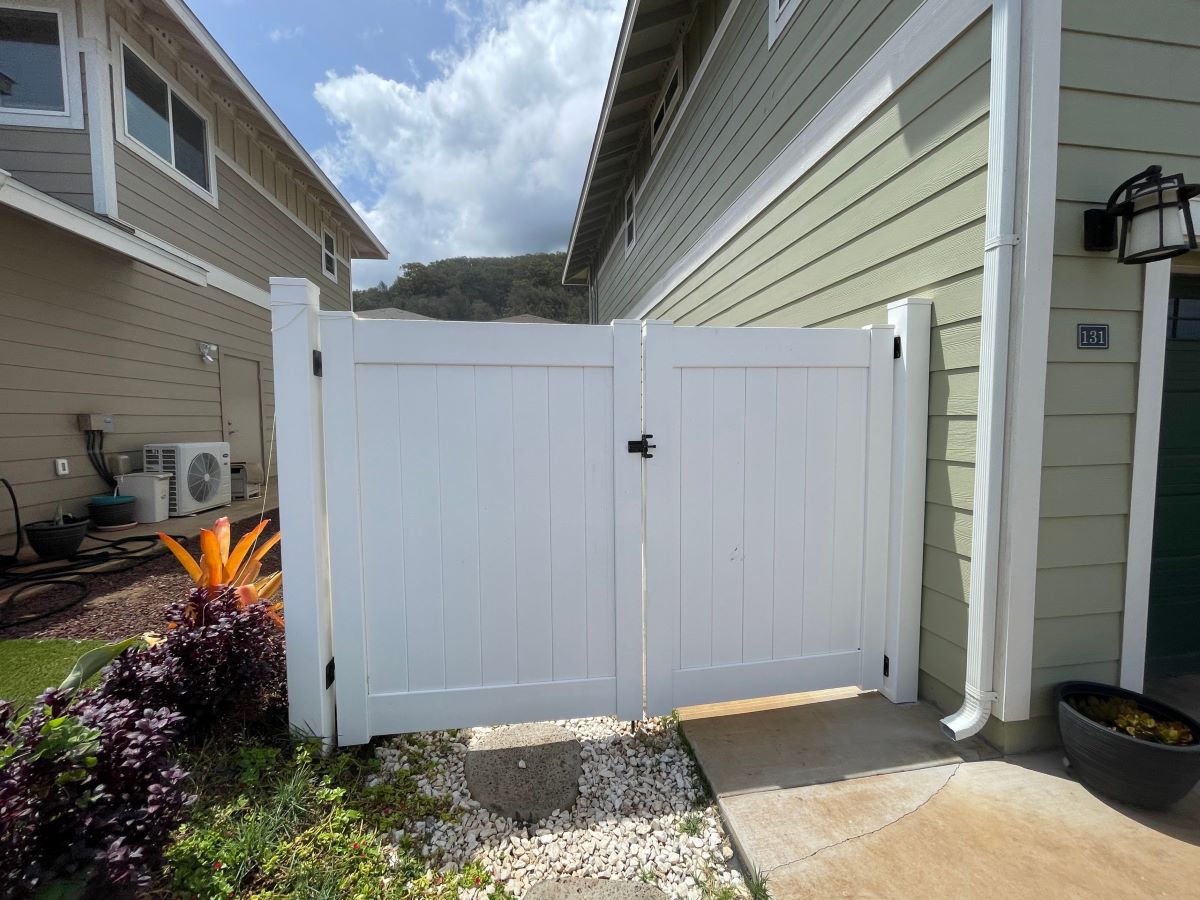
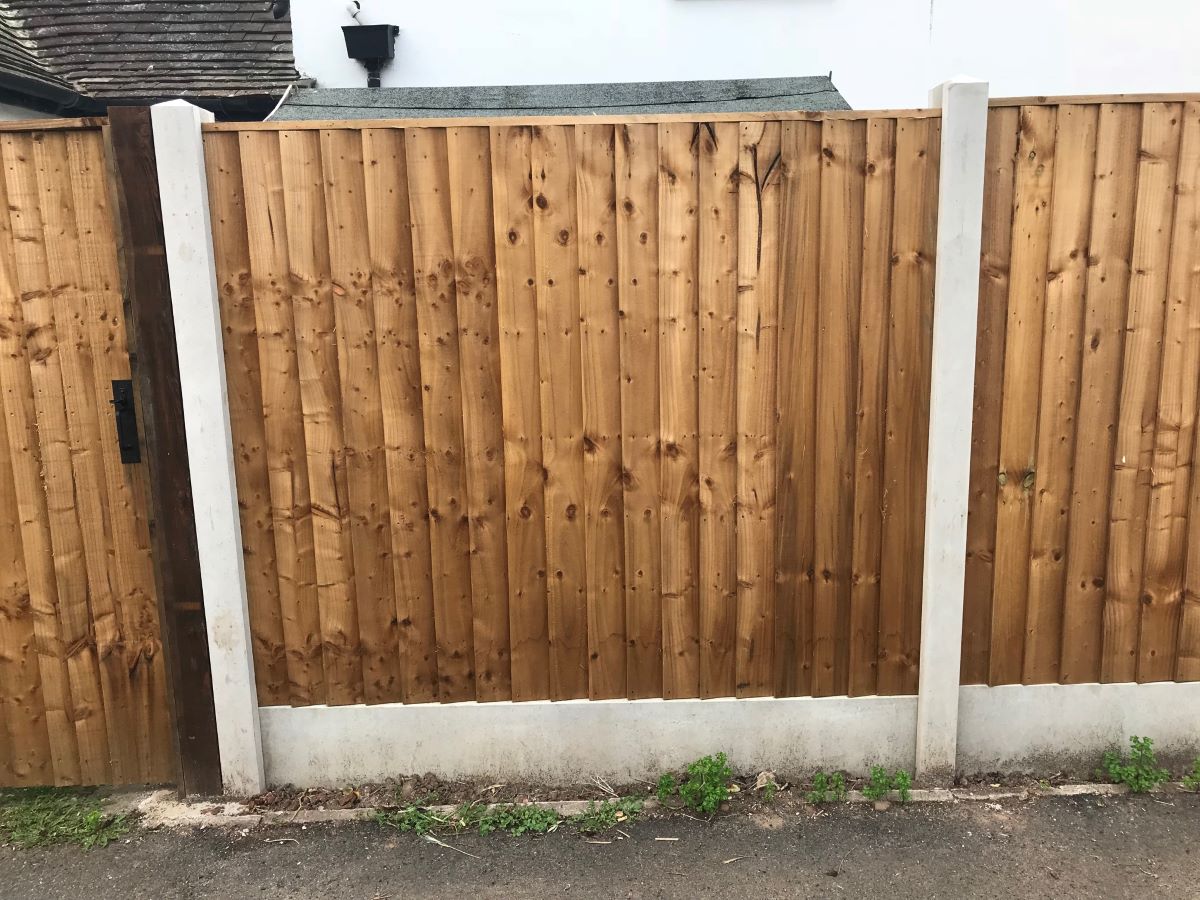
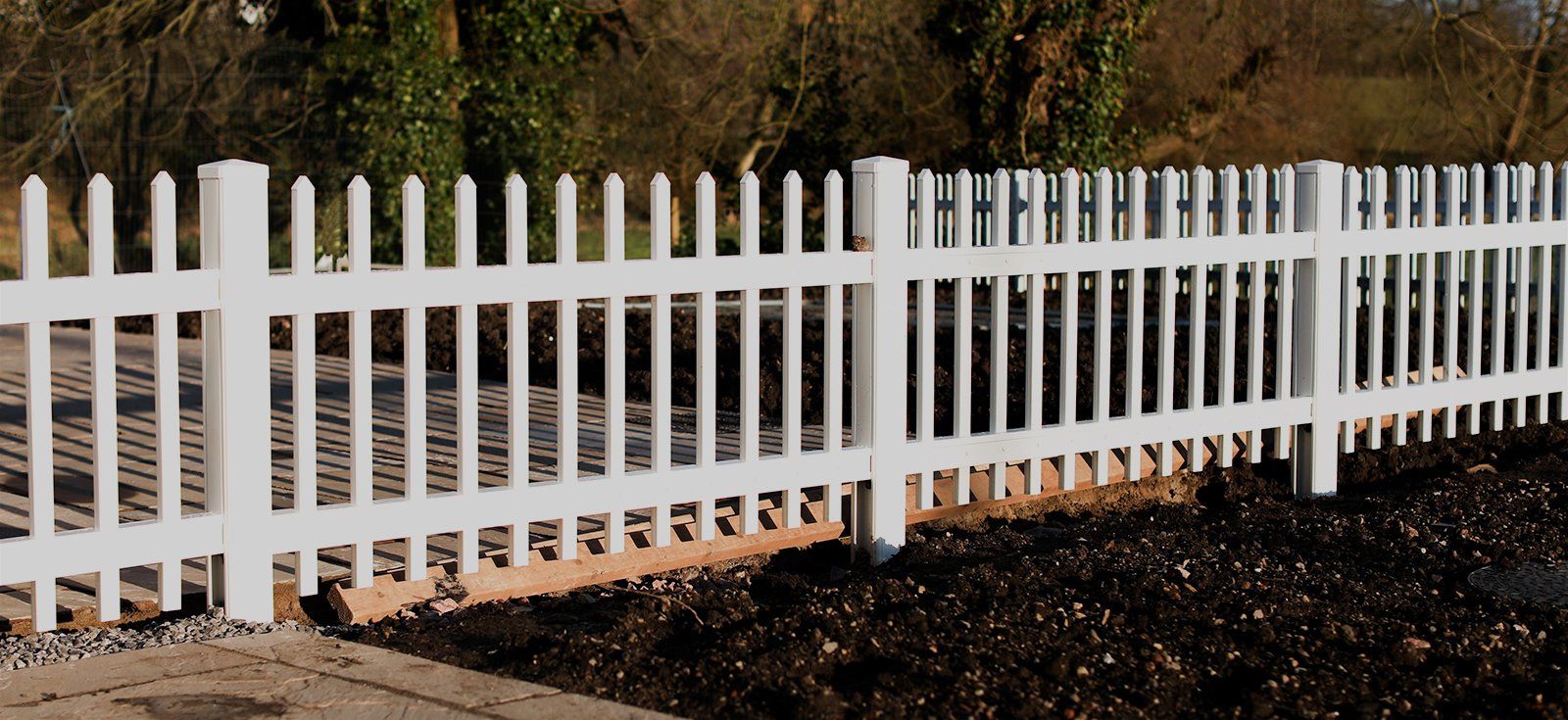

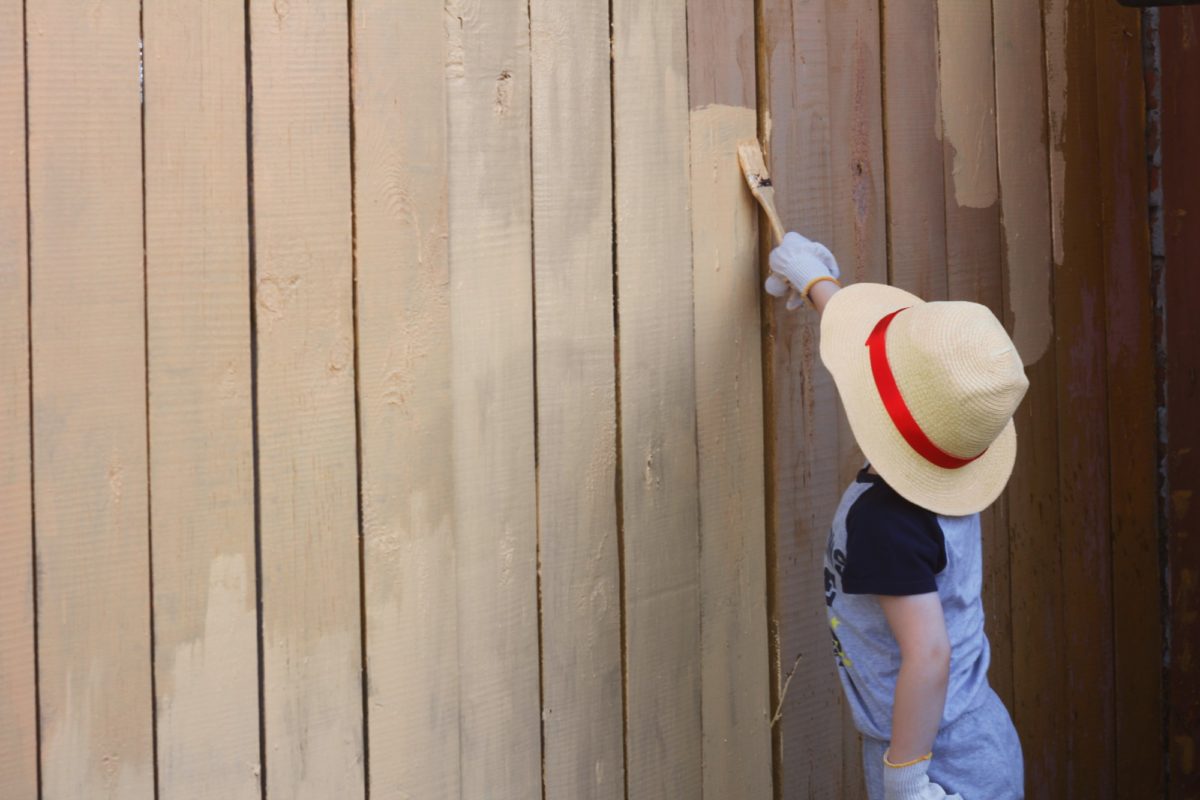
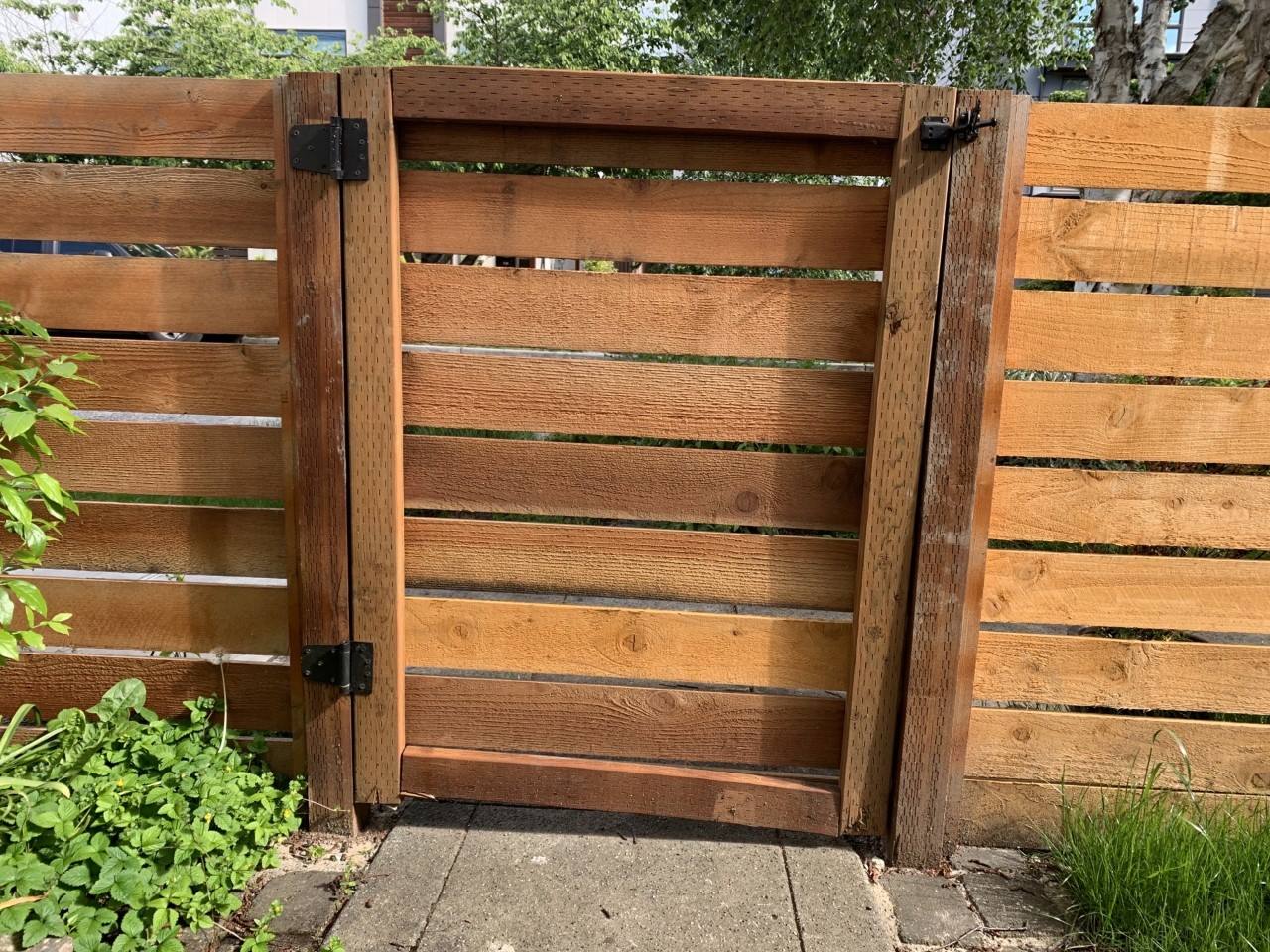
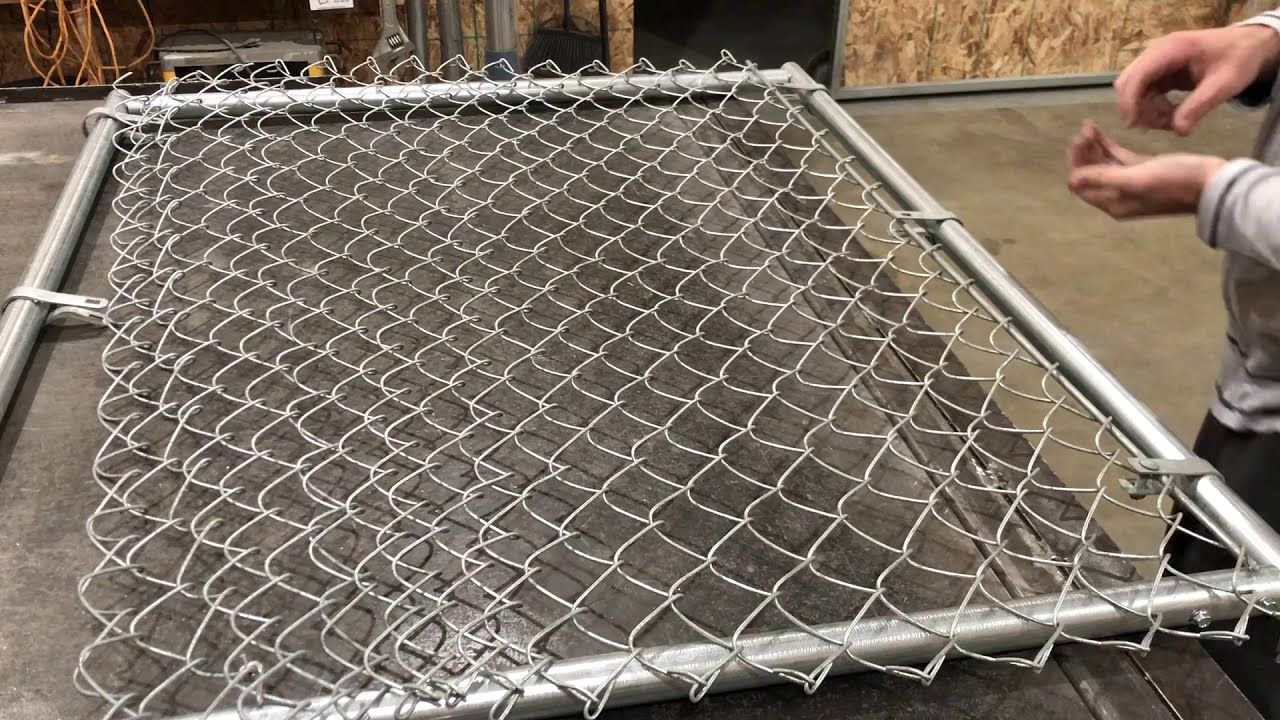

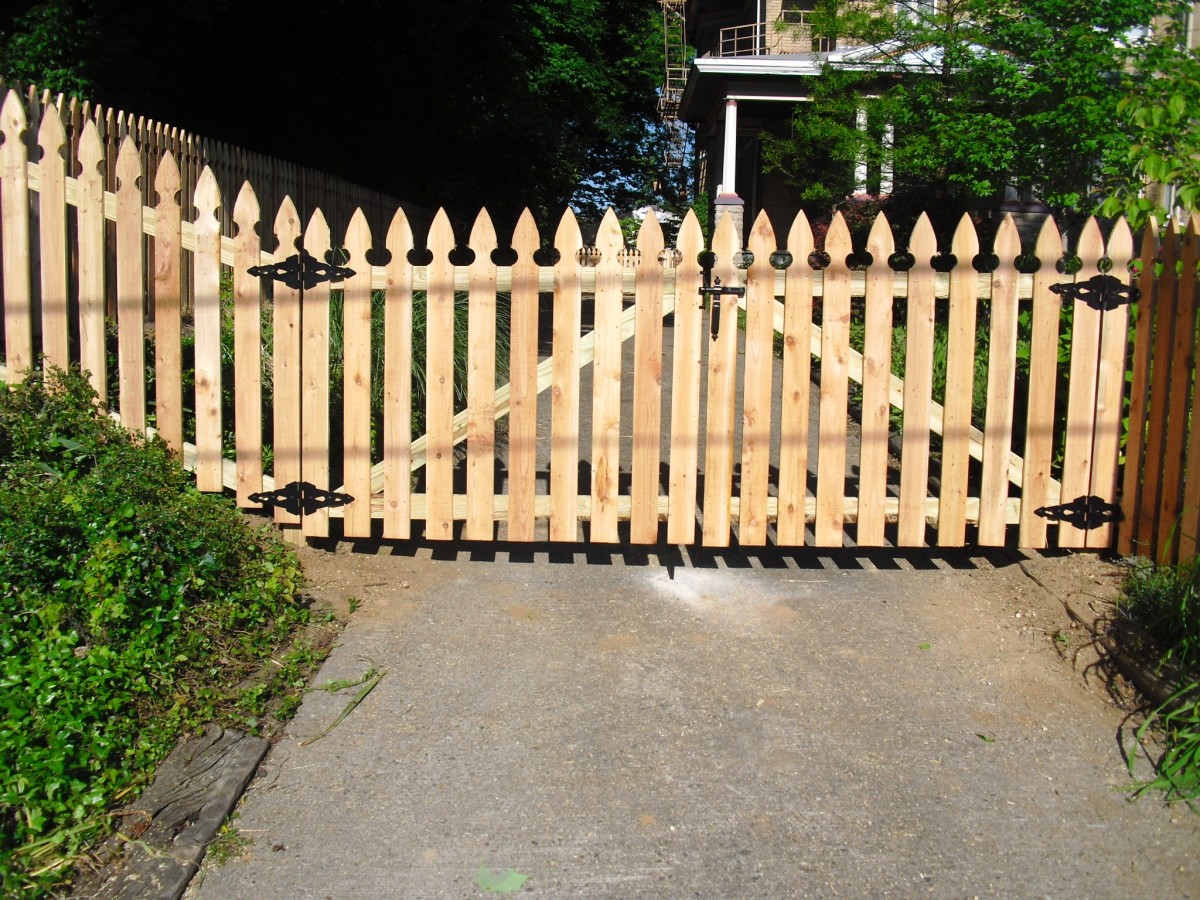
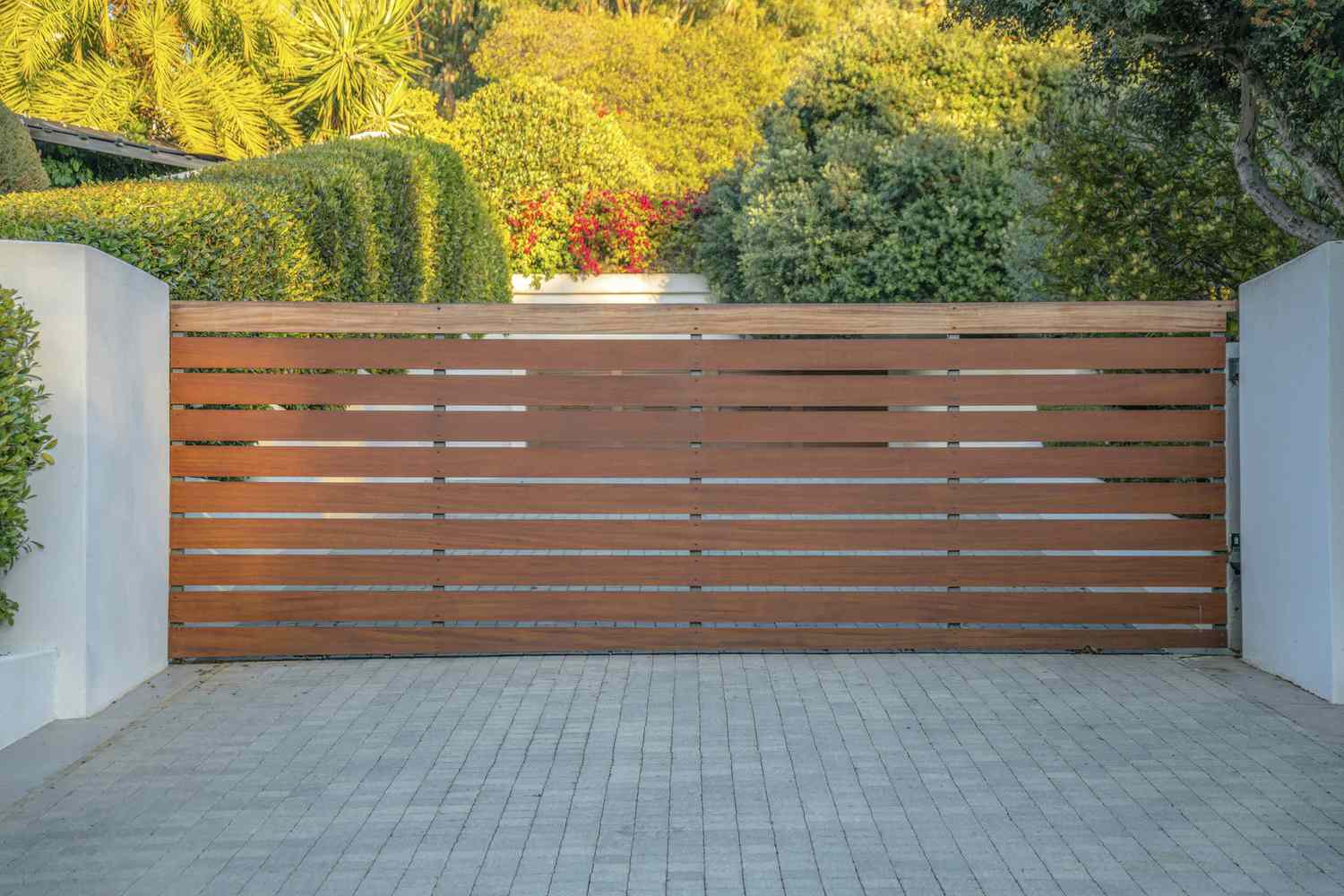

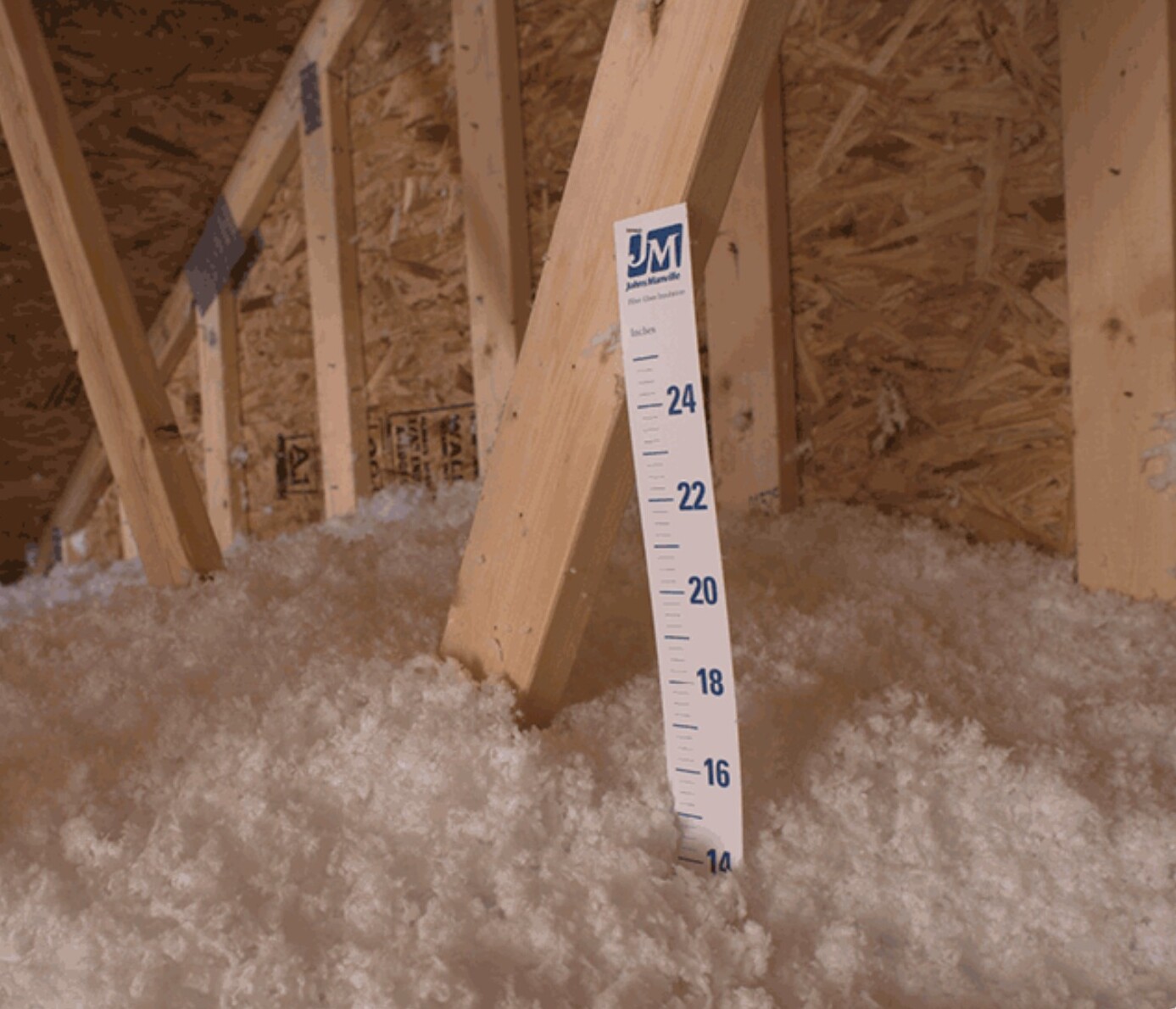
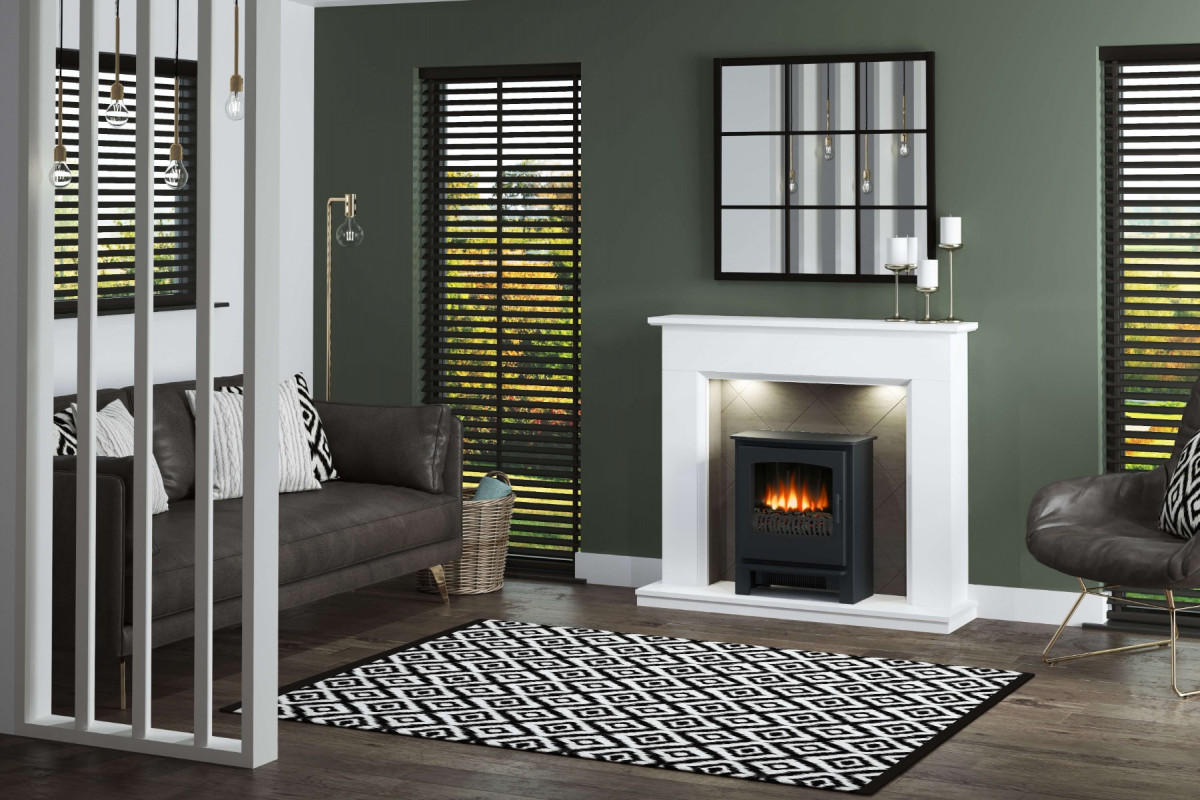

0 thoughts on “How Wide Is A Fence Gate”